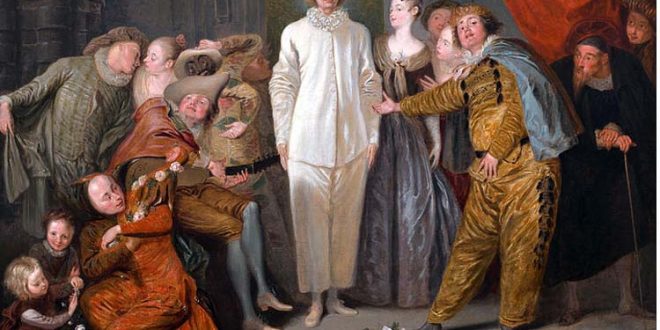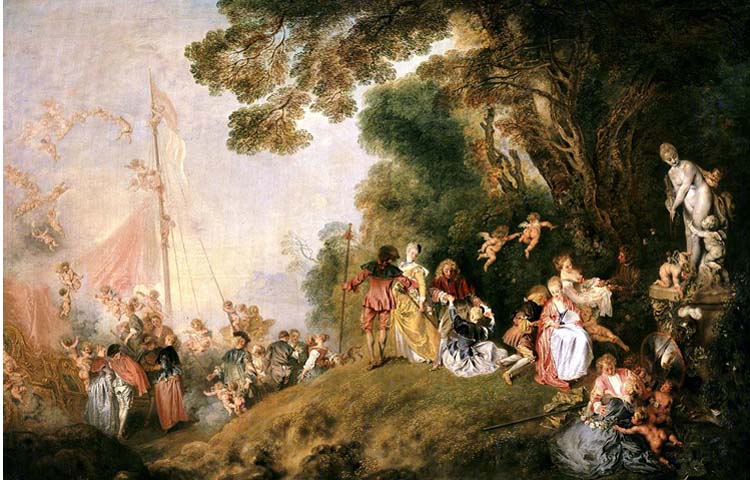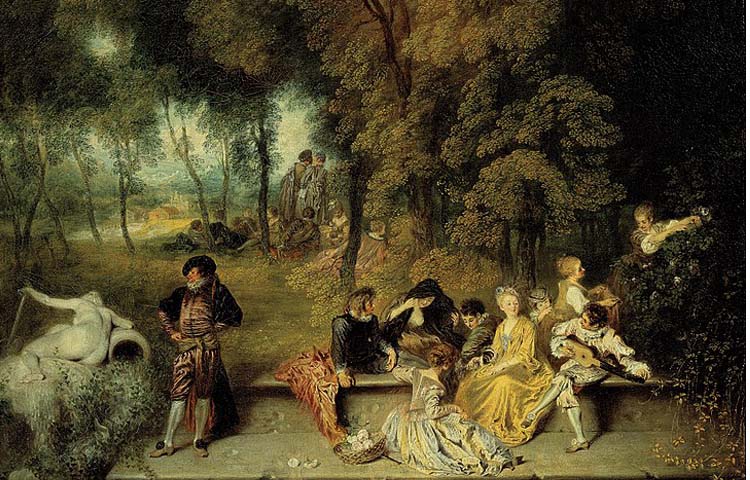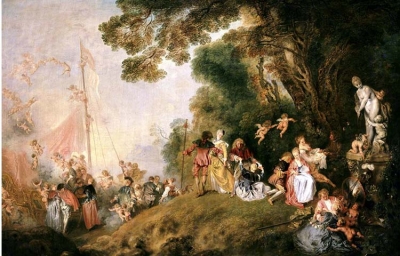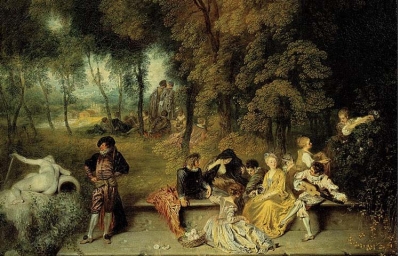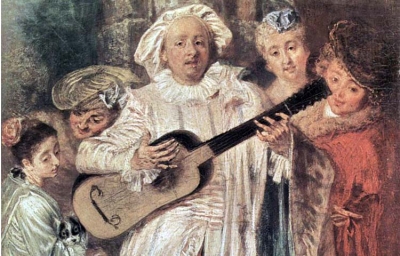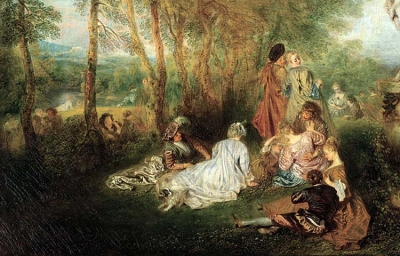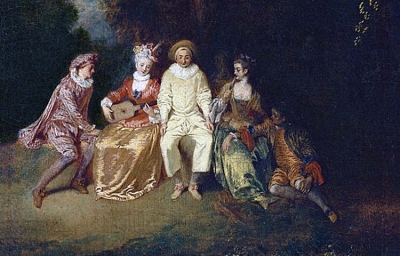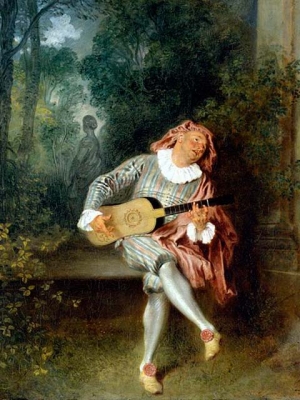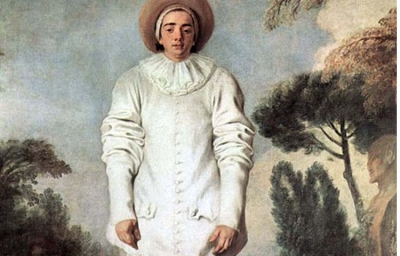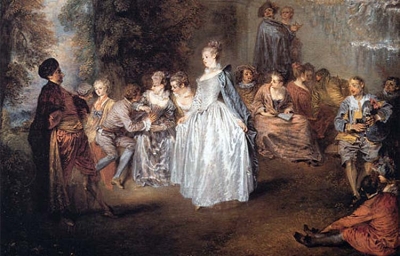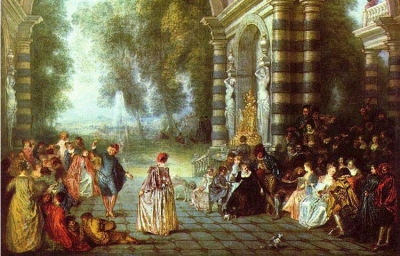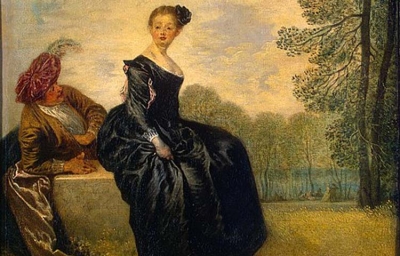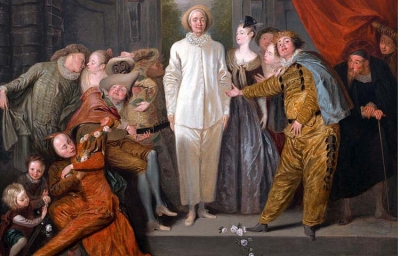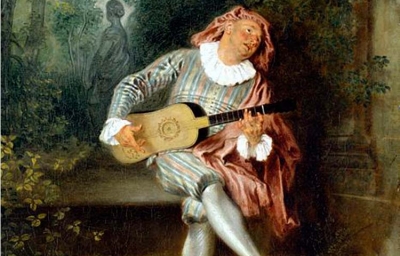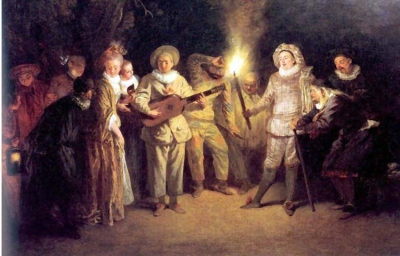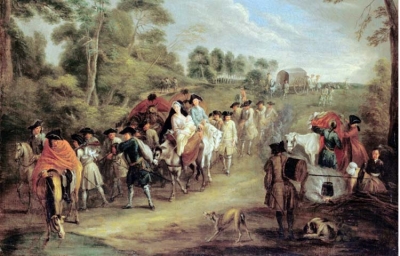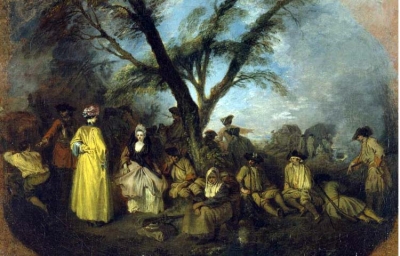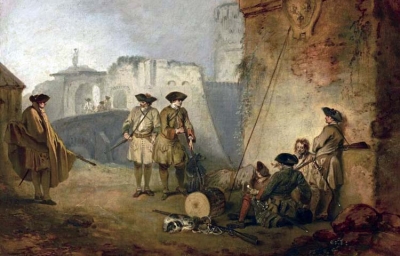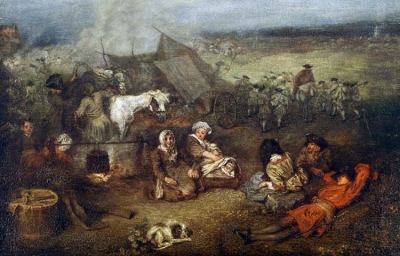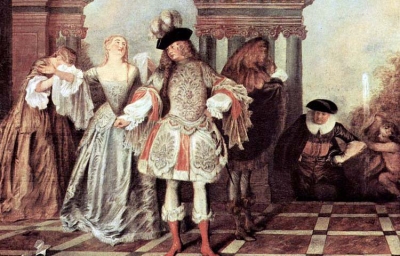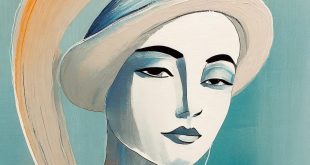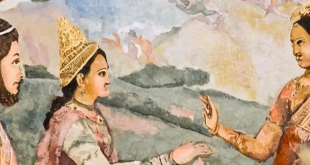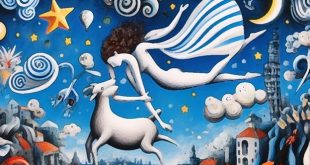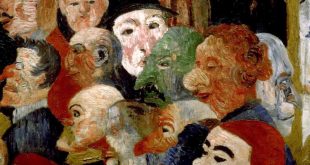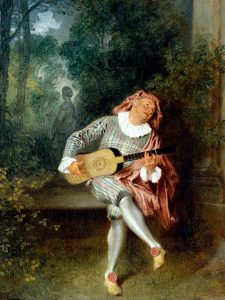 The lyrically charming and graceful style of the Rococo.
The lyrically charming and graceful style of the Rococo.
In the permanent search for producers and regional products, their cuisine is supplied in Hauts-de-France, to invent all the recipes that make up the culinary heritage of which they are proud. In Valenciennes, “Auberge du Bon Fermier” http://www.bonfermier.com/en/ is waiting for you at 64 rue de Famars.It lies on the Scheldt river. In 1677, the armies of Louis XIV captured the city that became one of the main strongholds of northern France. Now, also for you, it has preserved its long history. It is impossible to disassociate its Museum of Fine Arts fromthis town. As regards paintings, there are the permanent collections of major artists (such as Rubens, Jordaens and Watteau).
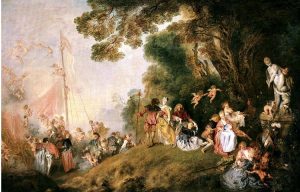 Little known during his lifetime beyond a small circle of his devotees, he seldom was mentioned in contemporary art criticism. Some of his subjects were drawn from the world of Italian comedy and ballet. French painter ANTOINE WATTEAU spurred the interest in colour and movement. He was baptised in Valencienne in a October day, living 37 intense creative years, until his dead in a July day in Nogent-sur-Marne. Shifting it to the less formally classical, Rococo, he revitalized the Baroque style, with inventing scenes of bucolic and idyllic charm. His first artistic subjects were charlatans selling remedies on the streets of Valenciennes.
Little known during his lifetime beyond a small circle of his devotees, he seldom was mentioned in contemporary art criticism. Some of his subjects were drawn from the world of Italian comedy and ballet. French painter ANTOINE WATTEAU spurred the interest in colour and movement. He was baptised in Valencienne in a October day, living 37 intense creative years, until his dead in a July day in Nogent-sur-Marne. Shifting it to the less formally classical, Rococo, he revitalized the Baroque style, with inventing scenes of bucolic and idyllic charm. His first artistic subjects were charlatans selling remedies on the streets of Valenciennes.
ANTOINE WATTEAU left for Paris in 1702, making copies of popular genre paintings in the Dutch tradition, in this way developing his characteristic sketch like technique. In Claude Gillot’s art studio, he became acquainted with the characters of the commedia dell’arte, that would become one of his lifelong passions. Afterward, under influence an interior decorator, he began to make drawings admired for their elegance. Into the Palais du Luxembourg, he know the canvases painted by Peter Paul Rubens that would become one of his major influences. In a few masterpieces, he anticipates the world of art as seen through the eyes of an artist. In Paris, where he lived in the center of the elegant world where, as he was a stranger, he was the first to paint what other artists was not capable of rendition.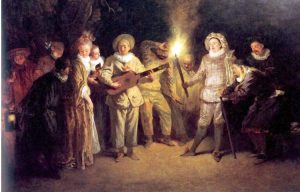
In contrast to Boucher and Fragonard, his theatrical panache is tinged with a note of wistfulness at the transience of love and other earthly delights. In 1712, he was accepted as a full member of the “Académie royale de peinture et de sculpture”. During five years ANTOINE WATTEAU worked for the required “reception piece”: the Pilgrimage to Cythera. “The Shop-sign of Gersaint”, his final masterpiece, painted in eight days for the shop in Paris of the paintings dealer. With a scene into an art gallery (where the façade has vanished), this painting has been considered as a meditation on art and illusion.
He had been physically fragile since childhood. In 1720, he travelled to London, to consult one of the most fashionable physicians of his time. Returning to France ANTOINE WATTEAU spent his last few months in Nogent-sur-Marne on the estate of his patron, where he died clutching a paint brush and painting imaginary paintings in the air. He was a seeker after something in the world, that is there in no satisfying measure, or not at all. His secret? Such as he had love to says: “I create the painting in my mind, color gives me inspiration, passion is very important, so I am looking for radiance, with all my soul.” Since 2000 a Watteau Centre has been established at Valenciennes.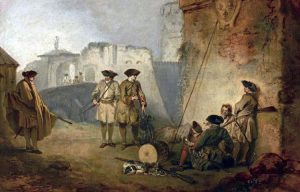
One of the masterpieces of ANTOINE WATTEAU is the “Pilgrimage to Cypriot“, a painting waiting for you in the Louvre Museum. His characters are preparing to embark on the mythical island in front of which Venus was born from the sea. Also “Gilles“, one of his oil on canvas from 1719 which represents a rare example of monumentality of the figure, is visible at the Musée du Louvre. Around this character, you can observe the guests of the party: a man riding a donkey, a young man pulling the reins of the animal, a man and a woman surprised to see such a strange horse. “L’Indifférent“? It’s his 1717 oil on panel painting, entered the Louvre collections in 1869.
The intellectual property of the images that appear in this blog correspond to their authors. The sole purpose of this site, is to spread the knowledge of these artists and that other people enjoy their works. To pursue this issue, you can digit: https://www.khanacademy.org/humanities/monarchy-enlightenment/rococo/v/watteau-cythera
 Meeting Benches World art in all forms
Meeting Benches World art in all forms
